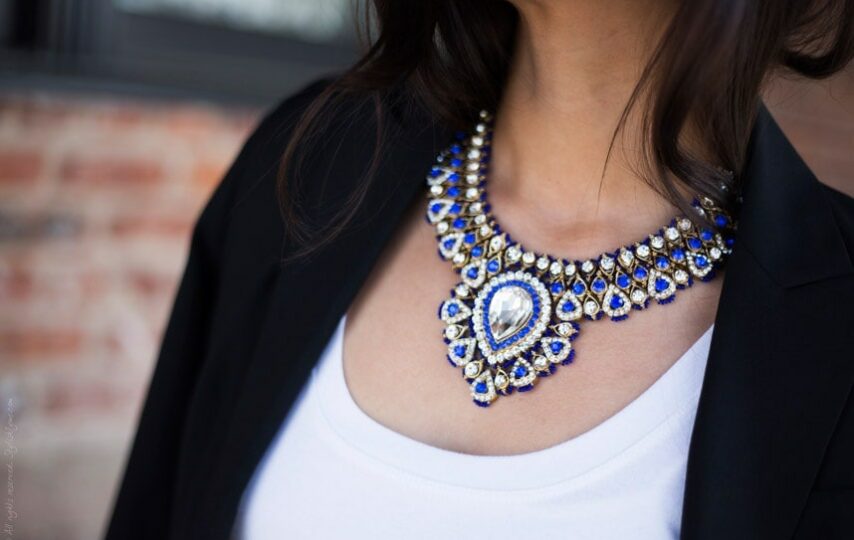The fine jewelry market has witnessed unprecedented growth, with precious metal accessories seeing a 17% increase in consumer demand over the past two years according to recent industry reports. This surge reflects both fashion trends and investment strategies as uncertain economic conditions drive interest in tangible assets. Amid fluctuating market prices, discerning consumers seek both aesthetic appeal and long-term value when purchasing precious metal accessories. While gold chains remain perennially popular additions to jewelry collections, their significant price point demands careful consideration. Even experienced buyers frequently commit costly errors when selecting these pieces, overlooking crucial factors that impact both immediate satisfaction and long-term investment potential.
Misunderstanding Karat Designations and Their Implications
Many purchasers fixate exclusively on higher karat numbers without comprehending the practical implications of gold purity levels. While 24K represents pure gold (99.9% purity), its inherent softness makes it impractical for daily-wear jewelry items. This malleability renders pure gold chains susceptible to deformation and damage with regular use, often resulting in costly repairs. Most premium chains utilize 14K (58.3% gold) or 18K (75% gold) compositions, which incorporate strengthening alloys while maintaining precious metal value. These strategic metal combinations dramatically enhance durability through increased tensile strength and scratch resistance. The composition difference manifests physically—18K pieces typically exhibit richer yellow tones while 14K displays slightly paler hues but offers superior resilience. Carefully assess your wearing habits when selecting karat designations; active lifestyles generally benefit from 14K durability, while special occasion pieces might warrant 18K’s enhanced color richness despite increased maintenance requirements.
Overlooking Chain Construction Quality and Link Design
Chain durability depends more on construction methodology than overall gold content, yet consumers routinely neglect this critical factor. Machine-made chains employ stamping processes that create uniform links with consistent thickness, whereas handcrafted pieces feature soldered joints of varying quality. Examine links under magnification to identify irregular soldering or thickness variations that might indicate rushed craftsmanship. The link design itself dramatically impacts both durability and aesthetic longevity—hollow links reduce weight and cost but sacrifice structural integrity, while solid links withstand tension and abrasion significantly better despite commanding premium prices. Certain designs inherently possess greater strength; rope chains with interwoven links distribute tension effectively, while herringbone styles, though visually striking, remain vulnerable to kinking and permanent damage if bent. Recognize that superficially similar chains may possess dramatically different longevity profiles based on their internal construction. Premium manufacturers typically employ reinforced link connections at stress points, particularly around clasps and connectors where tension concentrates during normal wear.
Neglecting Proper Authentication and Warranty Verification
Market surveys reveal approximately 15% of jewelry purchases occur without proper authentication documentation, exposing consumers to potential misrepresentation. Legitimate gold chains must bear standardized hallmarks indicating metal purity, country of origin, and manufacturer identification—these microscopic stampings constitute your primary verification resource. Modern authentication extends beyond traditional hallmarking to include specialized certificates detailing exact precious metal content, particularly for investment-grade pieces. Reputable retailers provide comprehensive warranty documentation covering manufacturing defects, though these guarantees typically exclude damage from improper wearing habits or chemical exposure. Carefully review warranty terms regarding repair provisions, particularly whether original manufacturing techniques will be employed during restoration rather than compromised “quick-fix” methods that diminish long-term value. Recognize that warranty transferability impacts resale value significantly—non-transferable guarantees effectively depreciate with ownership changes. Established jewelers maintain detailed purchase records enabling warranty verification decades after purchase, whereas temporary vendors rarely provide comparable long-term service resources.








